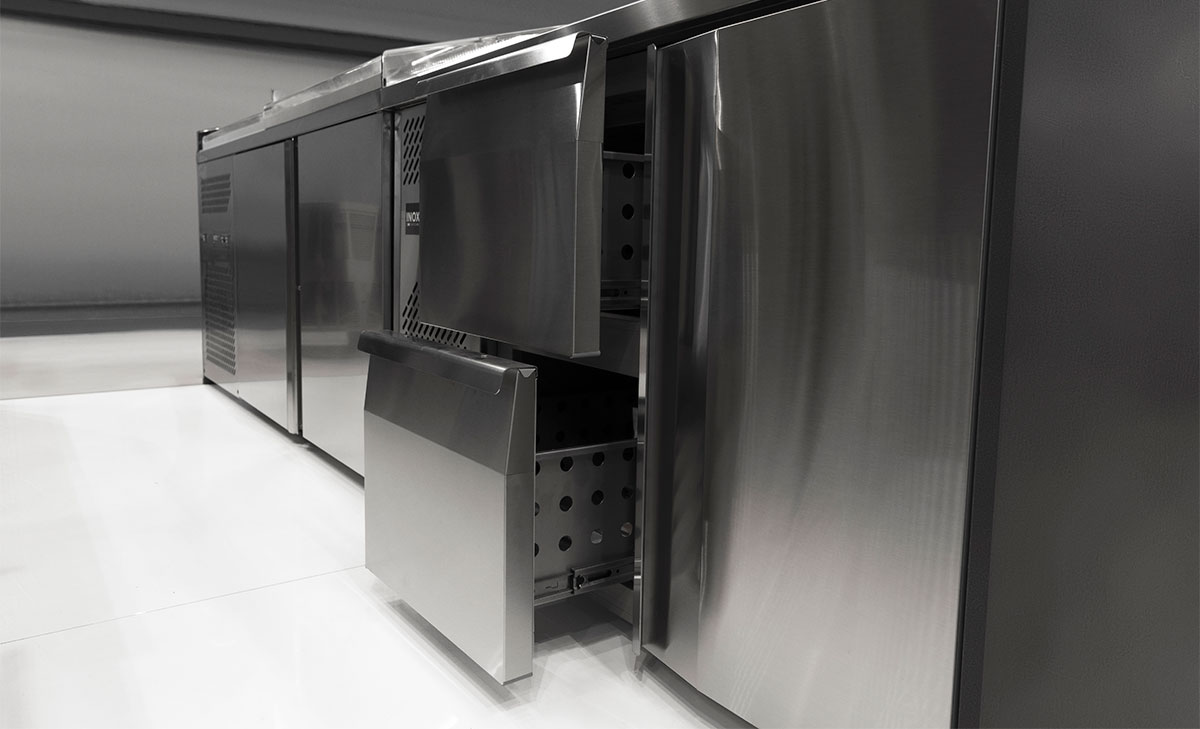
BAR COUNTERS
Did you know 10th of december is the “Caffé sospeso” International day?
Unless if you’re not from that part of the world, it’s unlikely You’ve ever heard of “caffé sospeso”, which translated sounds more or less like “pending coffee”.
In Naples, after World War II, a beautiful custom was born: people on occasion (especially when in a good mood, or when they had a happy event) used to leave the barista the money for an extra espresso, buying it for one of those customers who were going through a bad economic situation.
A beautiful act of charity: giving people a cheer-up warm coffee
Nowadays, it seems this habit isn’t that common anymore. But we can always ask the barista, you never know…
PS: before I forget, Inox Bim has a new wonderful range of Bar counters

REFRIGERATED BAR COUNTERS
Are you more a beer or a wine kind of person? At least once, We all have been asked this.
Yet, there was a time when this meant a real social status. And where if not in Rome during Imperial Age, the Land of snobbery?
The wine was the drink of both nobles and citizens, sacred to the God Bacchus; wine was a symbol of nature, friendship, and conviviality. “Ex vite vita”, life is born from the grapevine. And it wasn’t a great deal if the wine tasted terrible. I mean, so much terrible that it had to be corrected with honey or spices.
And the beer? That was barbarian stuff. A drink for those peoples of Egypt and Syria (where beer was born by the way), for the Gauls and for the Germans (who, Tacitus wrote, were certainly not inclined to limit themselves in consumption). At best, beer in Rome was used as an ointment by women, or drunk by mothers as it was believed It favoured breastfeeding (and, who knows how, it is an urban legend that still survives!).
However, Inox Bim’s refrigerated bar counters can accommodate any beverage you prefer. Alcohol or not!
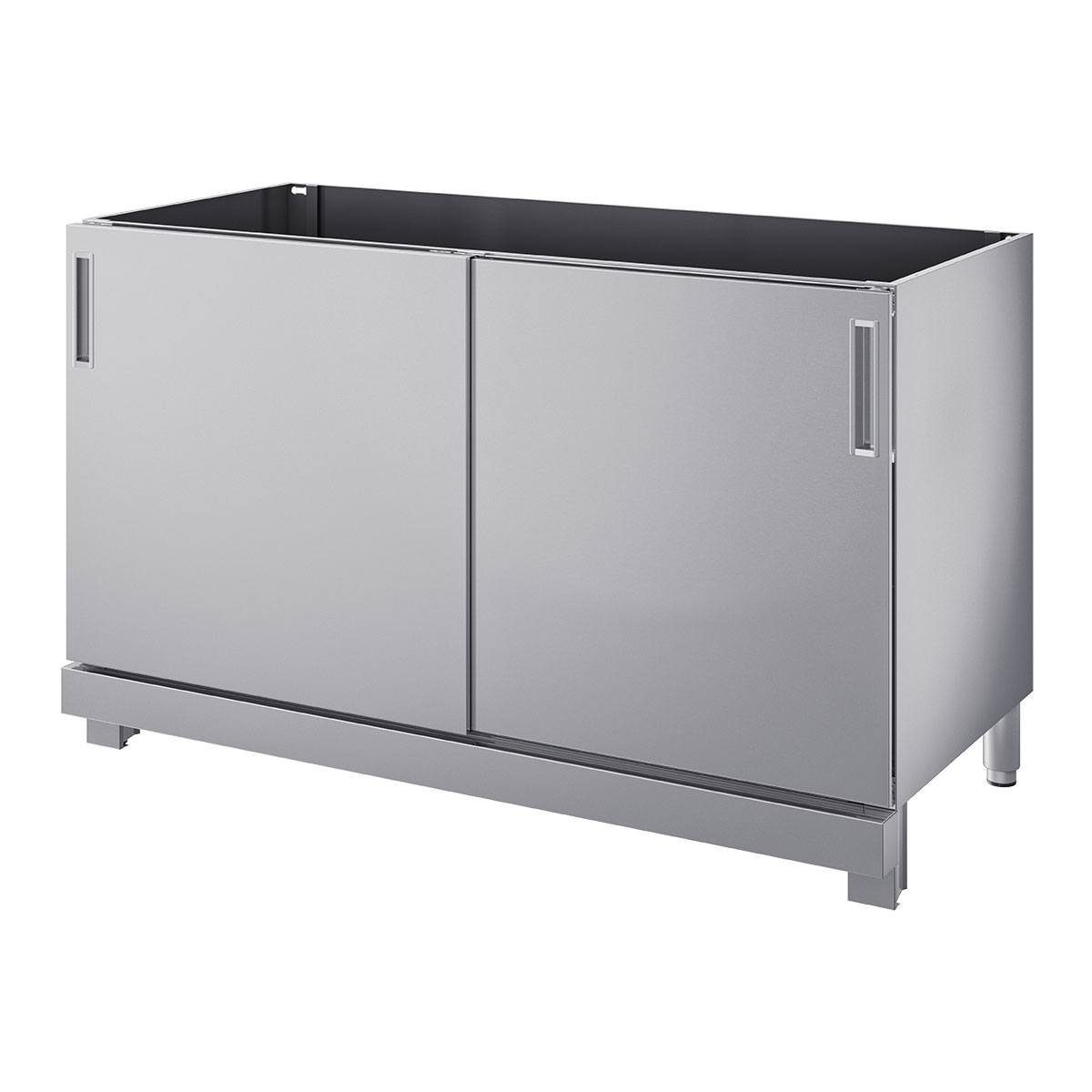
OPEN, HINGED OR SLIDING DOORS BAR COUNTERS
“Whereas it is most apparent that the multitude of coffee houses of late years set up and kept within this kingdom,(…) have produced very evil and dangerous effects, as well as that many tradesmen and others do therein misspend much of their time, which might and probably would otherwise be employed in and about their lawful callings and affairs, but also for that in such houses, and by occasion of the meeting of such persons therein, many false, malicious, and scandalous reports are devised and spread abroad, to the deformation of his Majesty’s government and to the disturbance of the peace and quiet of the realm, his Majesty has thought it fit and necessary that the said coffee houses be for the future put down and suppressed.”.
The year was 1675. Charles II, King of England, Scotland and Ireland, published the above edict to ban coffee houses, the ancestors of bars.
It lasted 16 days.
The protests were so many and noisy. The outcry came from different social strata of the population, that His Majesty had to take back his word.
Just out of curiosity, uh?
Anyway, There’s a great line of open or closed (not-refrigerated) bar counters!
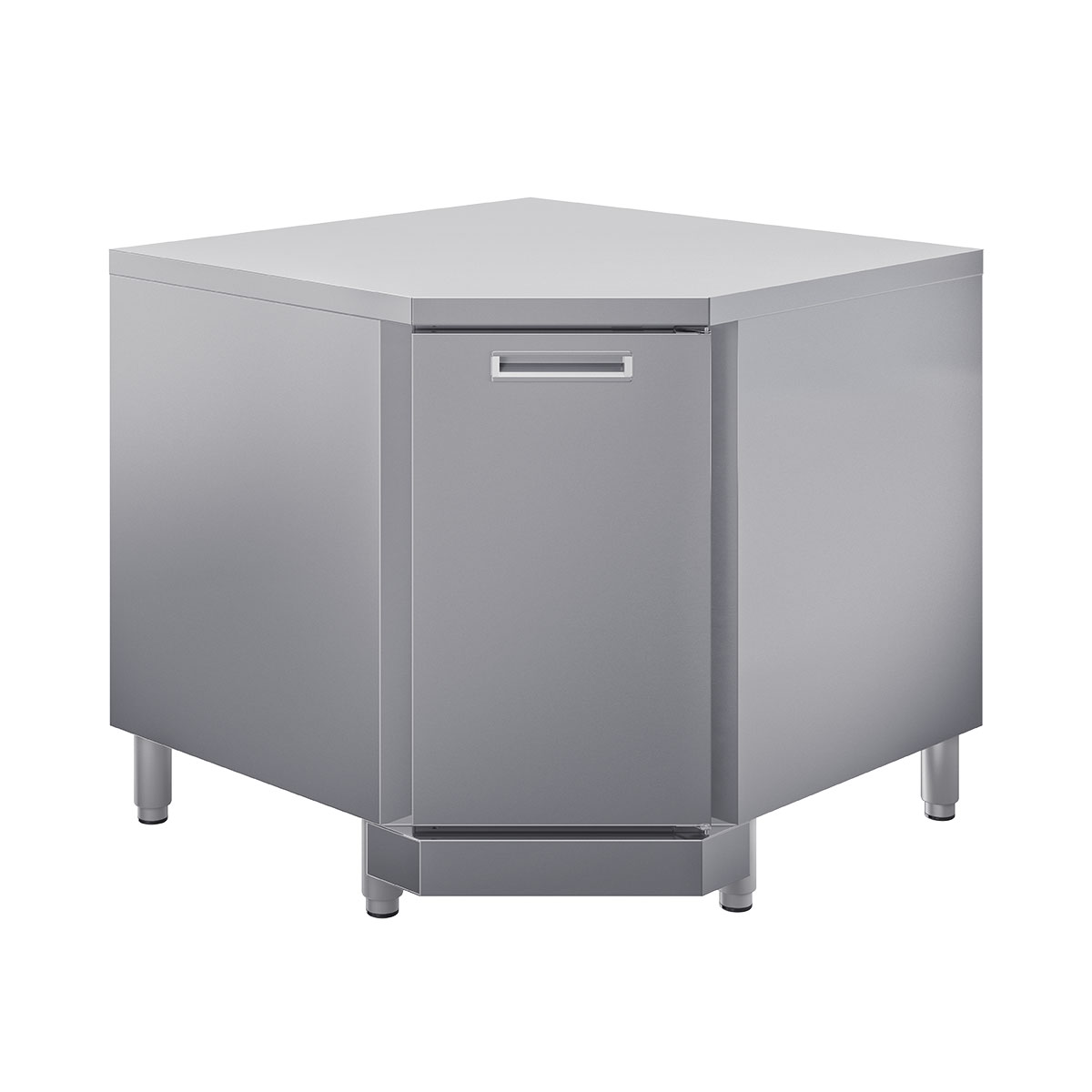
CORNER CUPBOARDS
Among the innumerable mysteries, or presumed such, that surround the Great Pyramid of Cheops, there’s one concerning its geometry.
You were probably expecting aliens or higher civilizations that have mysteriously disappeared, and I’m sorry to disappoint you. But the wise use made by the Egyptian engineers of the golden proportion is also, in its own way, fascinating.
The inclination of the walls, in fact, is 51º 50 ’35 “. Practically a gradation that is incredibly close to the inclination that would occur using the golden ratio, aka divine proportion: an irrational number (1.61803 … followed by an infinity number of decimals) that recurs continuously in nature, both in large (for example in the shape of galaxies) and in small (as in fern flowers and snail shells); a number so fascinating that it has been taken as a real beauty canon by artists all over the centuries.
So, did the Egyptians know the golden ratio, despite it being first coded by the followers of Pythagoras around 2000 years later?
Probably not. Other Pyramids don’t have that slope. And others, built afterwards, collapsed due to an incorrect inclination. Likely, they got there by trial and error. And with the Cheops’ one, the most majestic of them all, they came really close (we talk about millimetres).
However, speaking of angles, Inox Bim has a range of corner bar cupboards. Feel free to make the calculations to achieve the golden proportions!
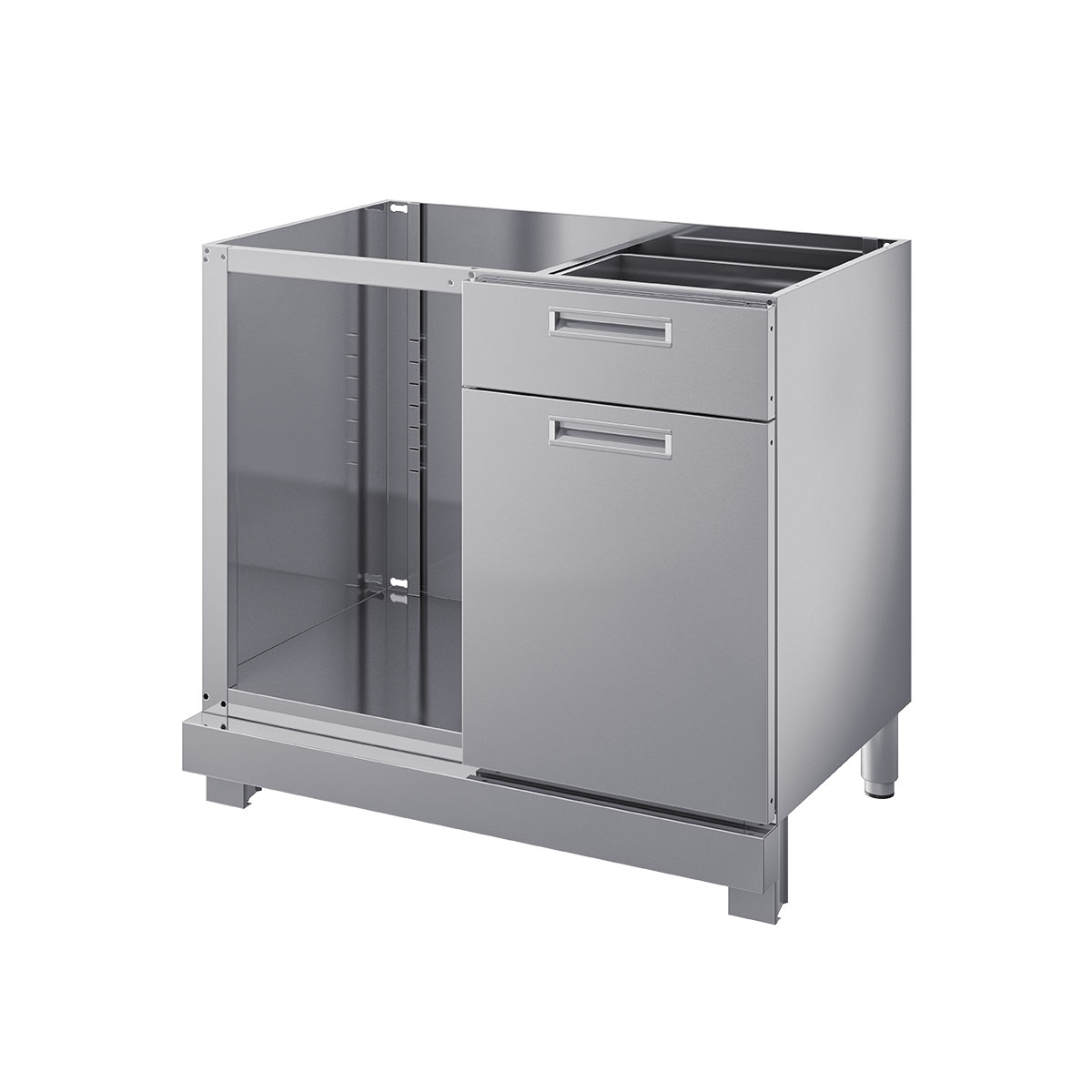
COFFEE COUNTERS
During the late Middle Ages, coffee was quite a serious matter in the Ottoman Empire!
Imagine that one of the key figures among the Sultan’s staff was the man in charge of preparing the coffee: the “Kahvecibaşı“, which translated sounds like the “coffee maker”.
Back then, coffee was a luxury. Hence, only a trusted servant could be appointed with such a delicate task!
The Kahvecibaşı not only was the keeper of the tools and dishes necessary for the preparation of the black drink, but also supervised all the stages of preparation: from the roasting and grinding of the beans, to the preparation and then to the service.
And it was also his responsibility for the “apprentices” to learn both making and serving techniques. And among the apprentices, there were also the concubines of the Sultan, who wanted that, among other things (I suppose …), they were also able to prepare an excellent coffee!
Fortunately, to prepare a good coffee, training and concubinage are no longer necessary. And Inox Bim has in its offer some nice counters for coffee machines, with knock-box and drawer!
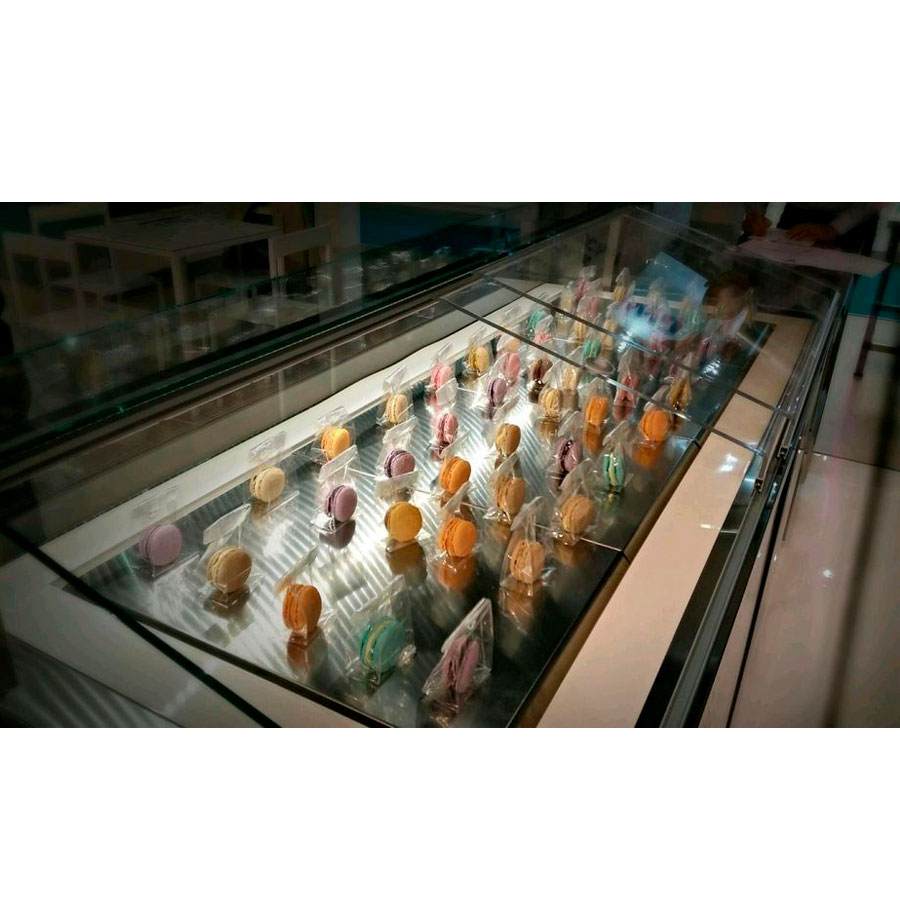
BAR DROP-INS
The “Macarons” are probably the highest excellence of French pastry.
Two disc-shaped meringue-based cookies enclosing, the “ganache”: a cream made mainly of cream, butter and chocolate.
How were they born? Well, like almost all those concerning famous dishes or desserts, is a mix of (true) history and (imaginative) stories.
Brought to France from Italy by Caterina de ‘Medici, wife of King Henry II, they probably owe their name to the fact that “Maccherone”, in early medieval Italian, was also the generic name given to doughs.
But at the time it was just a single biscuit, very similar to the Italian amaretto.
Then over the centuries it has “evolved”, doubled to become a sort of sandwich cookie, with glaze in the middle.
Eventually, in the twentieth century a pastry genius, Pierre Desfontaines, in the “Pâtisserie Ladurée” in Paris, created the recipe that finally consecrated this biscuit to the world fame it deserves!
And, in my humble opinion, the Inox Bim bar drop-ins are more than worthy to display them!

 Italiano
Italiano
